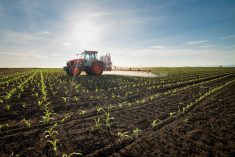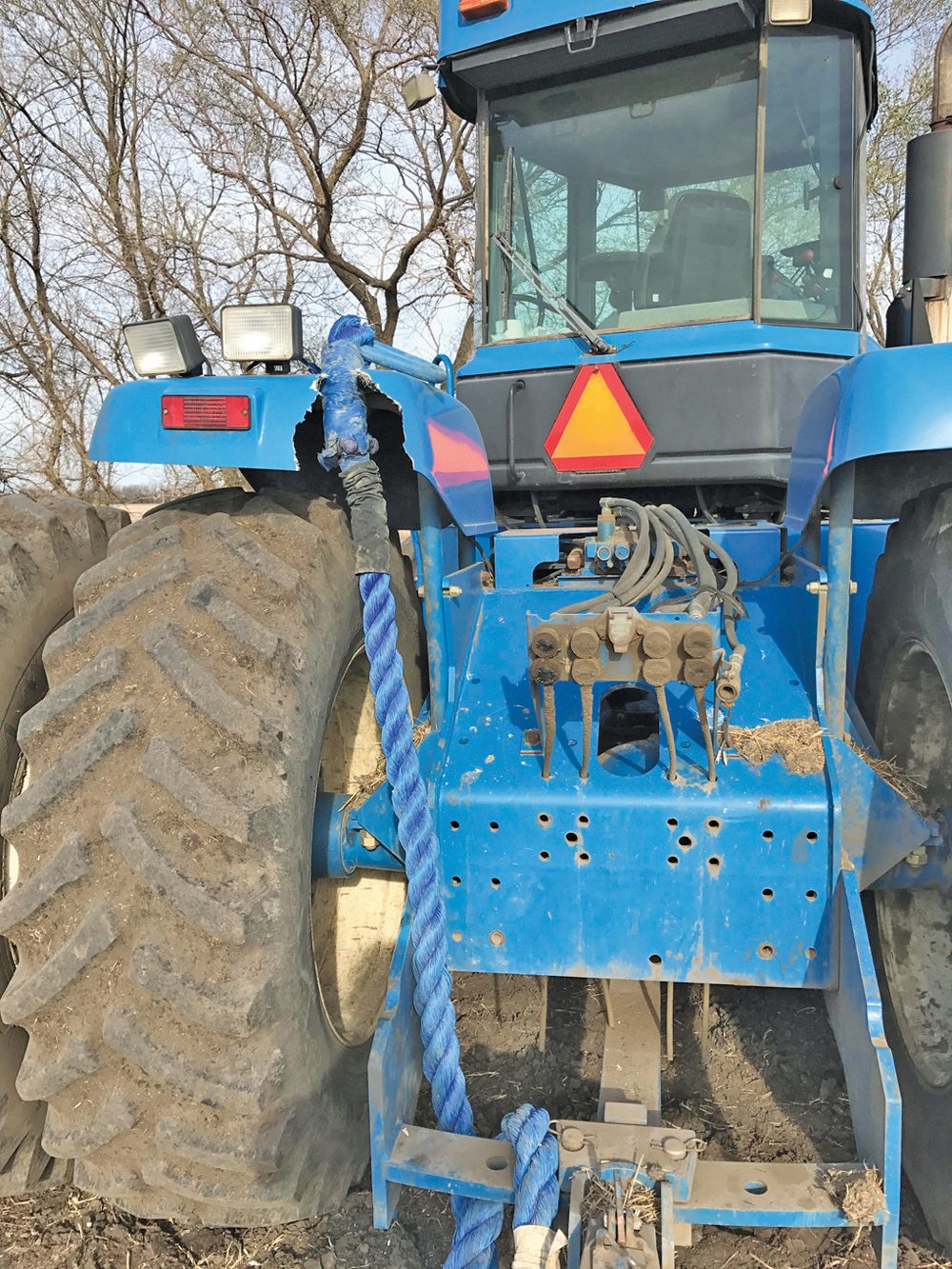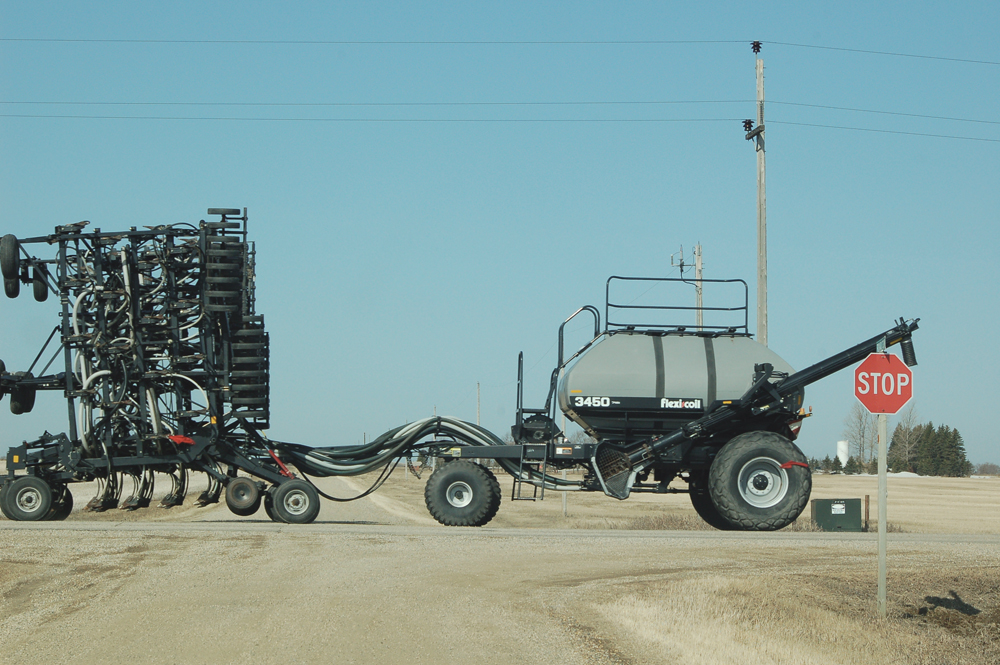Glacier FarmMedia – It’s been a long, hard road, but the Canadian farm equipment industry is mostly back to its pre-pandemic state.
The pull effect of two years of high sales has worked its way through the system and supply chain complications have eased. That means farmers are more likely to get their equipment when they’re supposed to, says a Canadian farm equipment leader.
“It depends on the manufacturer and on the model and the product, but across the board we could say (delivery times) have improved substantially and that we are almost back to where we want to be in meeting the commitments,” said John Schmeiser, president of the North American Equipment Dealers Association for Canada.
Read Also

Manitoba to boost rural medical responders
Manitoba bursary aims for more accessible emergency medical responder training, better rural emergency health care.
“Right now, I kind of think we’re as close to pre-pandemic conditions than we ever have been since March of 2020. If we’re not, we’re very close.”
Driven by high commodity prices and low interest rates, 2021 farm equipment sales in Canada shot up, but pandemic supply issues made it difficult to get that equipment delivered on time. Some farmers waited up to a year before orders reached their farms.
That setback didn’t cool the demand for big new iron, at least not at first. In 2021, sales of four-wheel-drive tractors in Canada rose 33 per cent; 100-plus horsepower tractors were up 34 per cent and combines were up 23 per cent.

At the same time, according to an outlook published by Farm Credit Canada in September of that year, new tractor inventory at Canadian dealer locations had dropped 42 per cent below the five-year norm. Combine inventories were slightly worse, as 47 per cent below normal.
Those inventories were still tighter than normal when the lender released its 2023 outlook last November.
Although sales in some categories took a steep dive in early 2022, the industry rebounded. April 2023 numbers from the continental equipment dealers’ association reveal that sales of four-wheel drive tractors in Canada are up 52 per cent from April 2022 and combine sales are up 133 per cent.
Not everyone is buying new, however. The pandemic saw a significant pivot toward used equipment because new implements were frequently unavailable or late, said Schmeiser.
“Customers did switch over to purchasing used because there was certainty the dealer had it in inventory and they knew that they were going to get it.
“You can imagine the frustration that [the] customer has when he places an order for a four-wheel drive tractor in October and has been promised a Feb. 1 delivery and then he’s told he’s not going to get it until June or July. Well, how does he plan to put his crop in?”
The uptick in the used market was noted in November 2022 by Sheri Siebert, manager of used equipment and parts company Combine World in Elstow, Sask.
Things like straight-cut headers and 16-foot pick up headers were “impossible for us to keep on hand,” she said at the time during an interview with the Co-operator.
“Normally we have one or two at all times and we had nothing. And yes, when we did get them, the price of them did go up.”
The thriving used market had its own pitfalls, particularly when it came to finding parts. Schmeiser said manufacturers across the board saw their parts fill rates (the number of orders that can be filled without running out of inventory) dip below industry standards.
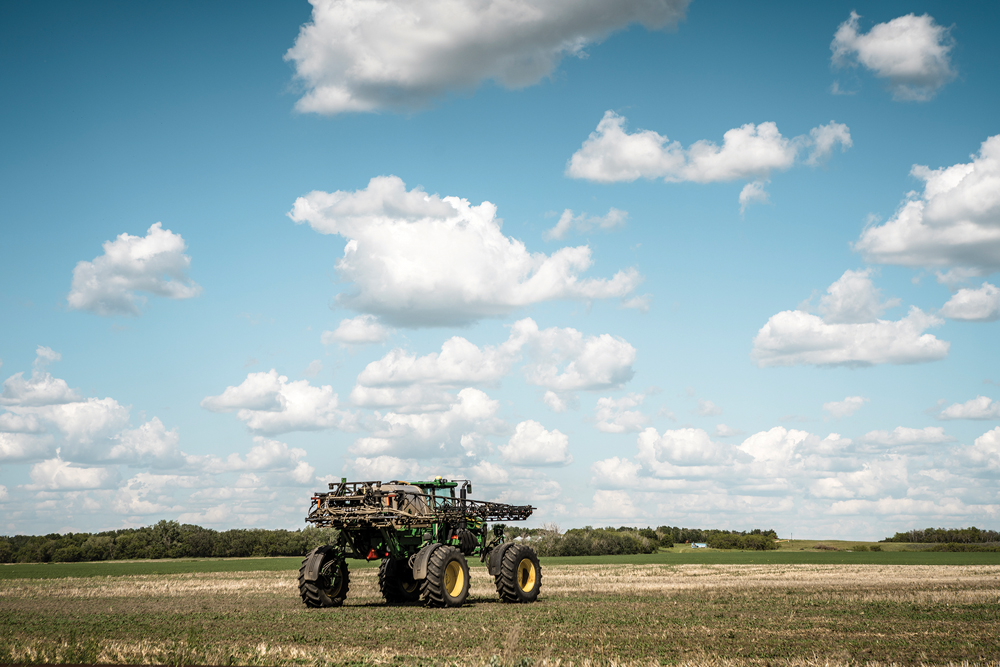
“The pandemic put a lot of challenges on the producers of raw materials, the companies that made specialized components like wiring harnesses, cabs, tires, everything. Then on top of that, there was a computer chip manufacturing challenge as well,” said Schmeiser.
However, these roadblocks have eased.
“It just took time for all of these different layers in the production of farm equipment to be sorted out,” he said. “We had a lot of manufacturers predicting that the worst would be over by the end of 2022 and, in the end, that’s kind of what’s happened.”
Central Alberta’s Trochu Motors was able to weather the pandemic storm thanks to strong parts inventories as well as sales relationships with multiple manufacturers.
“We didn’t see a huge problem with parts availability,” said general manager Landis Stankievech.
“There were some issues, but we order a lot of parts on stock orders, so we tended to have a good supply in-house, so that maybe protected us from many of the supply chain issues.”
A bigger problem for the dealership was finding specific categories of parts, he said.
“It was more difficult to get harnessing and it seemed to be harder to get electronics for a while — computer chips and that kind of thing.”
Used opportunities
The consumer focus on used equipment depleted dealership inventories, said Schmeiser, but that may allow buyers to capitalize now.
“What ended up happening is the value of used equipment really, really increased. But at the same time, the value of the customer’s trade-in also increased, so the customer was getting a higher value for their trade-in and that still remains today,” he said.
“We’re anticipating there’s going to be some high-quality used equipment that’s going to be available to the customers as the manufacturers sort out their new equipment.”
Stankievech said that isn’t happening yet. Although he hasn’t crunched the numbers, he believes there’s less used equipment for sale overall.
“It doesn’t yet seem like there’s an abundance of used equipment in the market at this point, whereas before the pandemic, there would have been a good amount of used out there. I still don’t think we’re back to those levels,” he said.
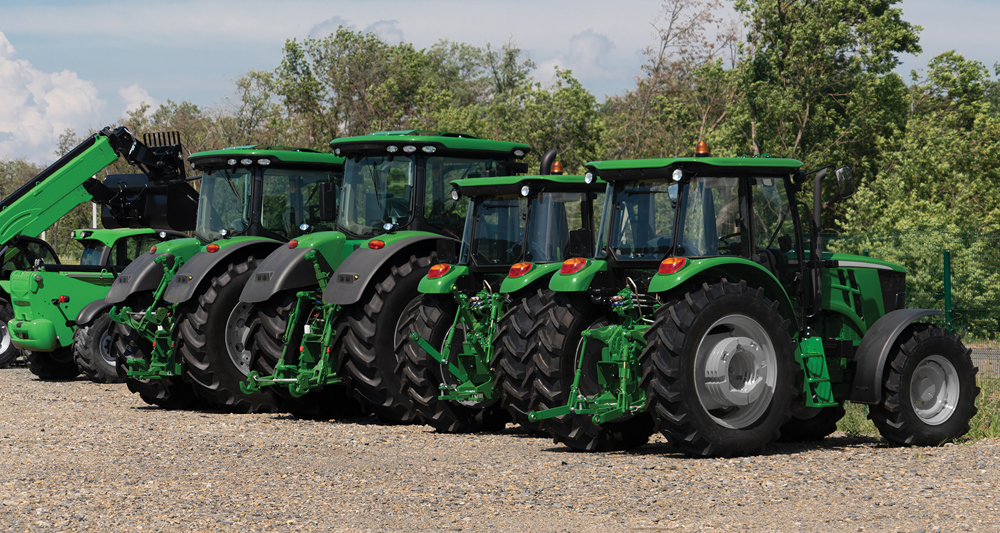
Although Trochu Motors has minimized its supply chain issues, Stankievech said it continues to experience frustrations involving couriered items.
“It used to be you’d order something on a Tuesday morning and you would have it for sure Wednesday. And if you didn’t have it Wednesday, something very, very unusual had gone wrong.
“Whereas now you order something on Tuesday and there’s a chance it’ll be there Wednesday, but there’s been a number of times that it doesn’t make it the next day when it’s supposed to.”
He wonders if it’s a matter of labour availability. The pandemic saw a number of older, more experienced employees retire.
“The baby boomers’ retirement was accelerated by COVID-19 and they’re a large group known for working quite hard and for long periods of time. You’re replacing them with a younger generation, which is smaller to begin with, and maybe has different views on work-life balance,” said Stankievech.
“I think there’s just a shortage of manpower out there and I think that might be what’s affecting the general supply chain and I think it might be affecting some of the couriers.”
Schmeiser said manufacturers’ difficulties during the pandemic had a cost that continues to flow downstream to dealerships and consumers.
“Manufacturers faced increased prices for the materials they sourced or the components produced by other companies. And those price increases are still with us and they have been passed down to the dealer. This is extremely unfortunate, but a little bit out of our control.”
High and rising interest rates will likely present a challenge for equipment buyers in the future, he added.
According to business media reports, economists expect the Bank of Canada to raise its trendsetting overnight business rate from 4.75 per cent to five per cent in July. Producers’ ability to absorb higher interest rates on farm equipment will depend on the continuation of high commodity prices, said Schmeiser.
“Although commodity prices have backed off from their highs that we saw a few years ago, they’re still somewhat strong when you look at a five-year average.”
Canadian farmers have weathered far worse.
“High or rising interest rates are going to have an impact on sales, but fortunately we are still nowhere near where we were in those dark years in the ‘80s where we had retail finance rates of 20 per cent or more, and thank goodness for that,” said Schmeiser.
– This article was originally published at the Alberta Farmer Express.




